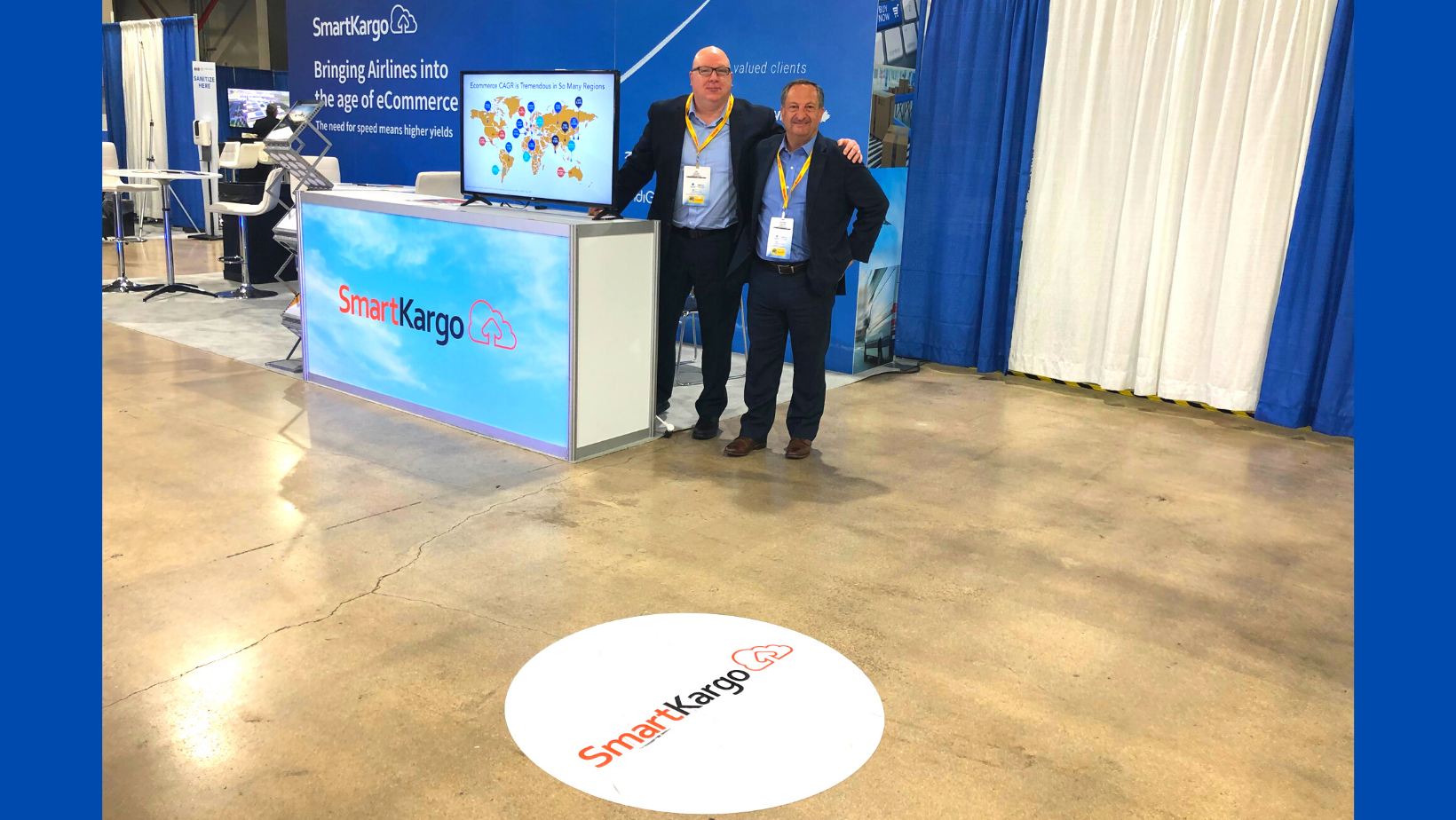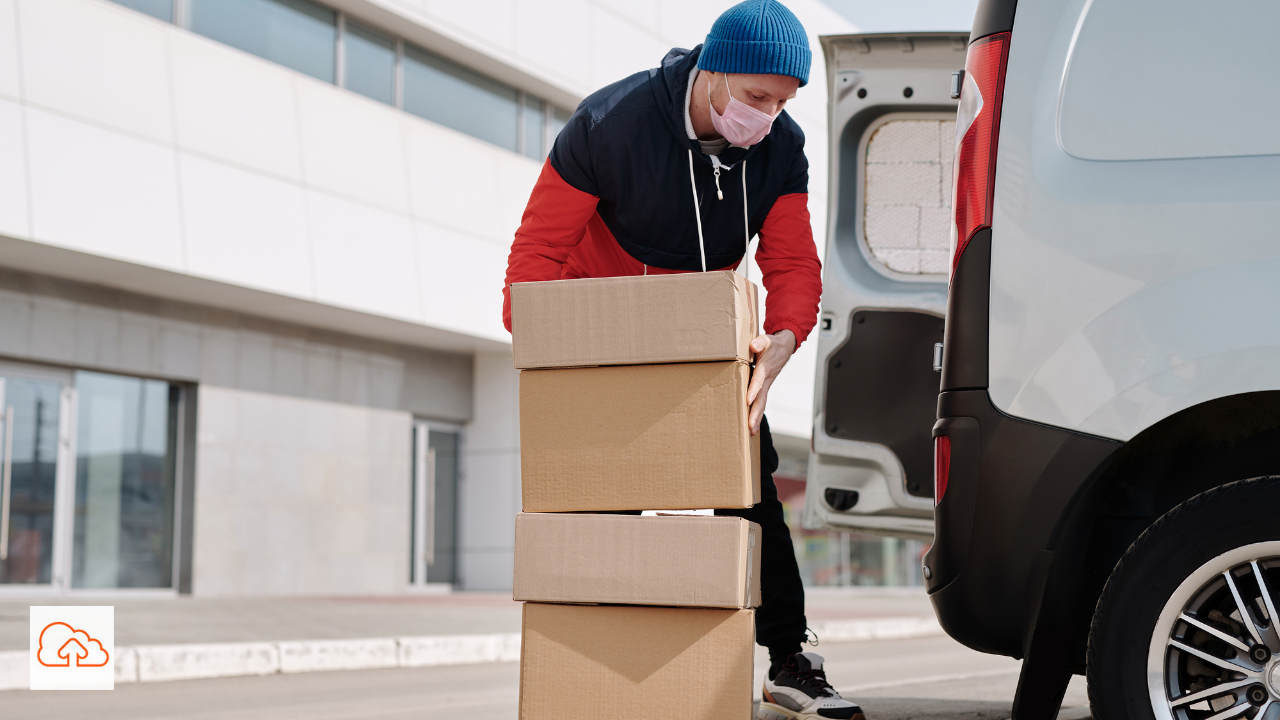We are in peak season, and the logistics provider can attest – Late nights, chasing down the few questions from customers, and ensuring they are providing the best customer service. According to NRF, an estimated 166.3 million people in the US will shop between Thanksgiving and Monday (Cyber Monday). That is across all channels and considering the US population is about 331 million people, that is an impressive number over 4 days. This means we are at prime peak season.
Many of the retailers had discounts deeper than last year to ensure to pull folks into the Thanksgiving weekend shopping window. As of Sunday 11/27, online spending reached $9.12 billion this year which is up 2.3% increase over last year and sops the $9 billion spent in 2020. While many are bracing for a recession based on the deep discounts it seems the holiday shopping season has started phenomenally. Online buying has been further enhanced by the buy now pay over time option that almost all online retailers are now utilizing.
In-person, shopping has been affected. The deep discounts in the stores are not driving traffic. Many believed that there would be a new vigor for in-person Black Friday antics. However, it is not the case, analysts stated there was brisk traffic and that may be the ongoing trend this year with online activity being more the norm – especially with cyber-Monday still to come. I think there has been a permeant shift in US buying behaviors and the person will continue to be the loser with the trends in place.
All this online purchasing will mean impacts on small parcel delivery. In many areas of the country, the last mile is coming under increased pressure. Today last mile is about 53% of the delivery costs. And customers are becoming increasingly worried about their packages and getting them into their hands. UPS and FedEx are allowing, buying, or partnering with Gig workers to help alleviate the costs and customer issues of the last mile delivery. These issues range from deliveries being stolen to their items just not showing up. In many ways the customer journey can be most impacted by a poor delivery experience – we will need to see how 2022 stacks up to the issues in 2021.
The Christmas season seems to be off to a good start. But we have a lot of headwinds with inflation, a possible recession, China’s covid impacts, and the war in Ukraine. As of this blog being written, I am confident that e-commerce will be beating expectations let’s make sure your customer’s packages get there on time.






















